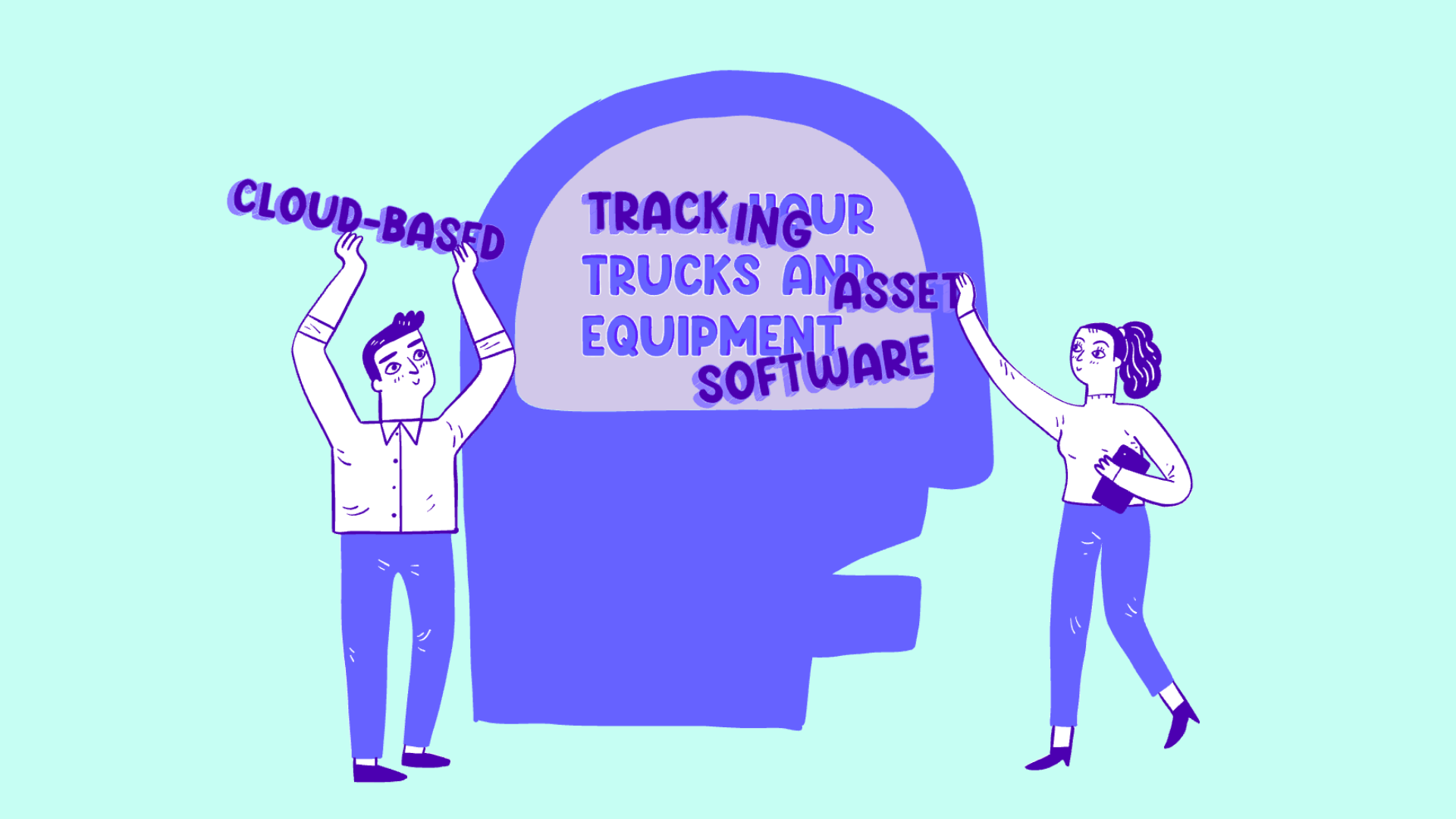
You may have achieved product-market fit (PMF)—but if your sales funnel is small and slow, your messaging may be the real issue.
That’s where Message Market Fit™ (MMF) comes in.
Message Market Fit™ applies the iterative build–measure–learn principles of product-market fit to the development of clear, concise, and consistent marketing messages that resonate with customers. It’s one of the most essential capabilities for building a brand that scales, especially for companies that must communicate with multiple audiences about multiple offerings across multiple channels.
Why Message Market Fit Matters
Even companies with valid business models and confirmed product-market fit can struggle to grow. If your messaging isn’t working—if it’s vague, unclear, inconsistent, or irrelevant—your customers won’t engage or they’ll get stuck in or fall out of your funnel, and your business won’t scale.
Our Message Market Fit™ process helps growth-minded companies systematically create, test, and refine marketing messaging to accelerate profitable growth.
In Your Customers’ Own Words
Nothing informs effective messaging better than hearing the language customers use in talking about their problems and how your products can help solve them.
The messaging insights from direct customer feedback can accelerate and improve the effectiveness of every aspect of your marketing and sales process, not to mention client success and product management.
You can quickly build customer rapport when you know what to say to them and why. They'll sense you care and connect.
The Message Market Fit™ Process
Backstory’s MMF process is grounded in structured experimentation. We co-create messaging prototypes, then measure their effectiveness through direct customer feedback. With those insights, we learn, iterate, and refine.
This cycle continues until the message resonates with your audience.
Step 1: Build Messaging Prototypes
The first step is to collaboratively build messaging prototypes. After conducting in-depth interviews with internal company leaders – those who know your company and customers best – we facilitate a series of collaborative working sessions with them. These sessions produce messaging prototypes that leverage the insights from the individual interviews combined with your best collective thinking about current customer perceptions of your business and brand (P1) and what you’d like those perceptions to be in the future (P2).
Each messaging prototype includes five elements:
Messaging Concept Framework
- Audience – The name and brief description of a specific customer segment.
- Problem – Alternative problem statements written from the customer’s perspective.
- Solution – Multiple brief descriptions of your product, service or solution (offering).
- Benefit – The benefits the customer gets from the offering.
- Reason to Believe – Proof points that you believe could instill confidence in your solution and its benefit.
Each component builds on the last to create a message that resonates with customers.
Step 2: Measure Customer Feedback
We test alternative options within each section of your audience-specific messaging concepts through in-depth customer interviews. This process goes beyond numerical A/B testing—it reveals the why behind customer responses.
We analyze which words convey the right meaning, and where things fall flat. We discover which problem statements, benefit statements, and reasons to believe carry the most weight with each of your customer segments.
As we test different variations within each section, we also learn which ideas to prioritize.
Step 3: Learn, Iterate, Refine
Based on these customer insights, we make iterative changes and adjustments to your messaging until we find the words that resonate. Experience shows that the right words can unlock hearts, minds, and wallets even when the product remains the same.
Breaking Down the Five Elements of The Messaging Concept Framework
Each section of the framework plays a critical role. Here’s how to approach each element, as outlined in Building a Brand That Scales:
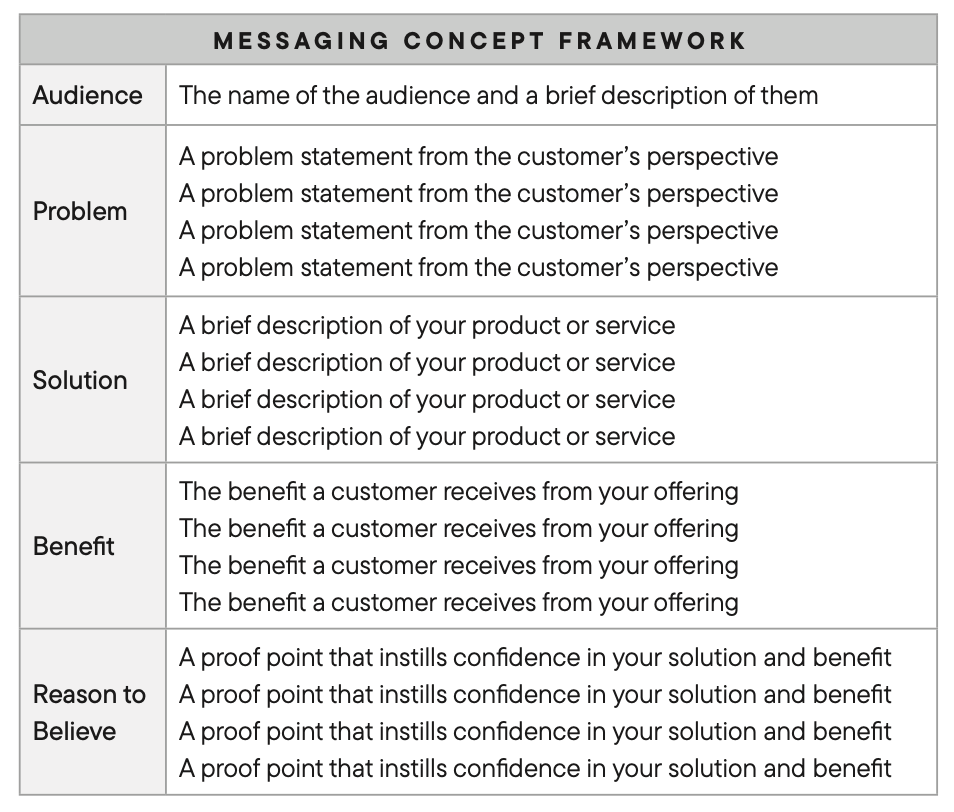
1. Audience
Defining your Ideal Customer Profiles (ICPs) is the first element within the messaging concept framework. It will include a brief description of the company characteristics of firmographics (for B2B brands), including company size, number of employees, industry, go-to-market channels, etc. In addition, you’ll also share the defining characteristics of the individuals making the buying decision or customer persona within those companies or on behalf of themselves (for B2C brands). For customer personas, the emphasis is on psychographics, including psychological attributes like their attitudes, values, beliefs, and behaviors toward your category.
Psychographics offer a richer and more meaningful source of messaging insights than demographics in helping you effectively find and connect with the right audiences. In contrast, demographics focus on quantitative characteristics, such as gender, age, education level, household income, and location, which are helpful, but don’t produce enough insight to connect with customers on an emotional level.
2. Problem Statement
Write problem statements in the first person to reflect your deep understanding and empathy for what an audience wants and what’s in their way of getting it. Problem statements should highlight customer problems that your offerings can uniquely solve; otherwise, there is no point in writing them.
Problem statements should be based on fundamental insights from customer observations and conversations—not assumptions, generalizations, or stereotypes.
3. Solution Statement
Write solution statements in second person to name and describe your offerings, including their key features and advantages—what they do and how they work. Solution statements should highlight the most compelling aspects of your offering for the specific audience of each messaging concept.
4. Benefit Statement
Write declarative benefit statements in the imperative mood and keep them succinct. They should align with and speak to the same audience as your problem statement within a given messaging concept. In contrast, general benefits fall under your brand or company messaging.
Keep your benefits brief so they fit on one line. If they wrap onto a second line, reduce them to their essence. Remember, a well-crafted benefit statement can function as a headline, which typically has seven words or fewer.
5. Reason to Believe
These are your proof points.
A strong reason to believe (RTB) could be:
- A key metric (e.g., “70% faster time to value”)
- Industry credentials or certifications
- Case studies or customer quotes
- Length or quality of client relationships
- Product performance benchmarks
The best RTBs are short, specific, and tailored to your product category. As with the other elements of your messaging concept, your reasons to believe should be as direct and to the point as possible.
When to Use Message Market Fit™
If your team is struggling to describe what you do—or if your sales process and funnel velocity are slow despite having a strong offering—MMF is your next step.
Use it when:
- Your business has outgrown your message
- You’re launching a new product or entering a new market
- Different teams are using different messages for the same audiences
- Your current message isn’t converting
- You want to scale across different audiences or market segments
Ready to Find Words That Win?
A great product doesn’t guarantee great results. If your message doesn’t resonate, your audience won’t connect or convert.
Backstory’s proven Message Market Fit™ process helps you say the right thing to the right people in the right way.
→ Contact us to start developing your messaging framework
→ Download your free MMF guide



.png)

%20-%20Made%20with%20PosterMyWall.jpg)
.png)
.png)
.png)

.png)





.png)



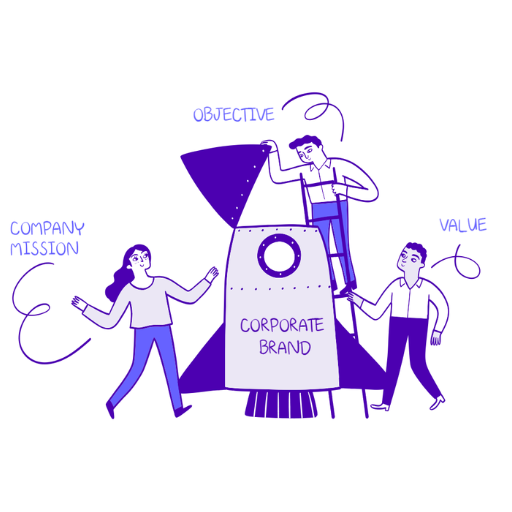
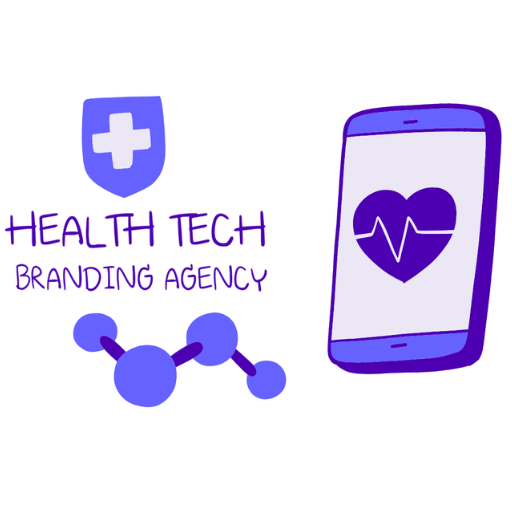



.png)
.png)
.png)

.png)

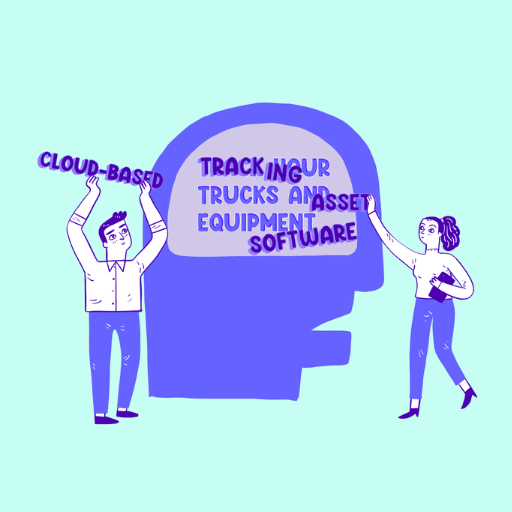
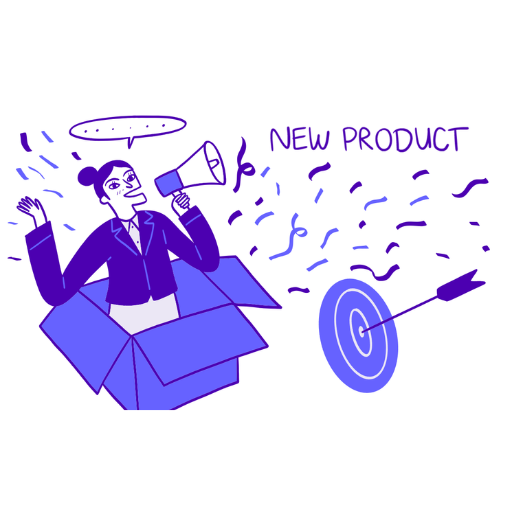
.png)




.png)







.png)
.png)

.png)
.png)


.png)
.png)


.png)
.png)

.png)
.png)
.png)
.png)